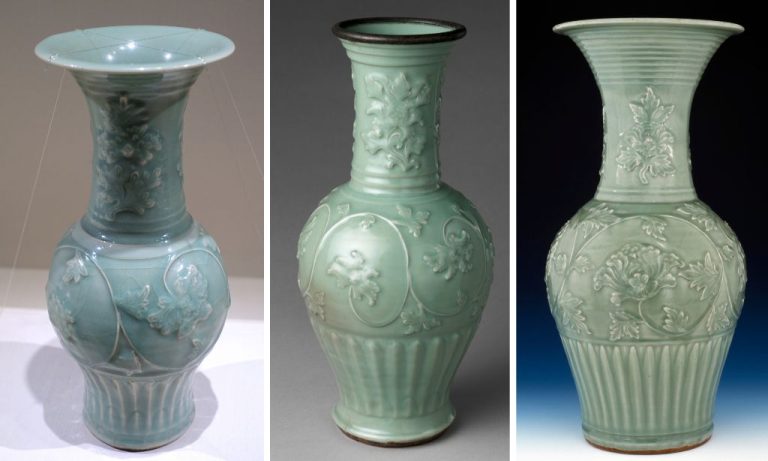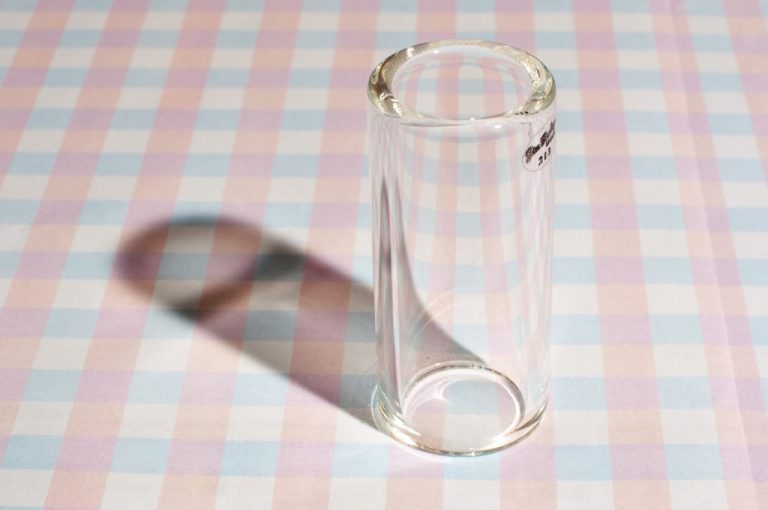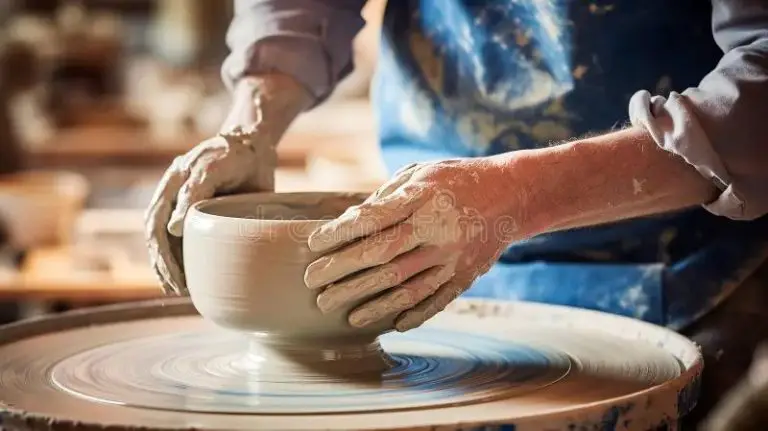What Is The Process Of Making Clay Bricks?
Clay bricks have been used in construction for thousands of years, dating back to early civilizations in Mesopotamia, Egypt, Greece and Rome. The earliest discovered bricks were sun-baked and made of mud or clay mixed with straw or reeds to provide strength. Over time, the firing process evolved to create more durable bricks that could withstand weather and last for centuries.
Today, clay bricks remain an integral building material for houses and structures around the world. Clay is abundant, low-cost and environmentally friendly. Bricks made of clay are resistant to fire, insect damage and extreme weather conditions. They also have excellent thermal properties, providing insulation and energy efficiency. Strong and durable, clay bricks require little maintenance over the lifetime of a building.
The traditional process of brickmaking has stood the test of time. While some aspects have been mechanized, the basic steps remain the same, using one of earth’s most plentiful resources to create a sturdy and reliable building block.
Raw Materials
The main raw material used to make clay bricks is clay. There are several different types of clay that can be used, including:
-
Common clay – This type of clay is very common and readily available. It fires to a red or brown color.
-
Fire clay – Fire clay can withstand high temperatures, which makes it good for lining kilns and fireplaces. It fires to a light cream or brown color.
-
Ball clay – Ball clay has high plasticity and strength when fired, making it ideal for shaping and molding. It fires to a light cream color.
-
Kaolin clay – Kaolin clay is very fine and pure. It fires to a white color.
In addition to clay, other additives like sand, iron oxide, and grog may be added in small amounts. Sand can help reduce shrinkage and cracking. Iron oxide adds color, resulting in red bricks. Grog is crushed bricks added to the clay to open up the structure and reduce shrinkage.
Preparation of Clay
Preparing the clay is a critical step in the brick making process. It starts with digging the clay from open pits. The clay is then left exposed to weather and break down in the months following extraction. This weathering process helps improve the plasticity and workability of the clay. The clay lumps are then crushed and ground into fine powder. The powdered clay is then mixed with water in a pug mill. A pug mill consists of a conical iron tub with a winged shaft that rotates inside. As the shaft rotates, it cuts, wedges, presses and tempers the clay to the right plastic form. The clay mix is then ready for the molding process.
Molding
There are two main processes for molding clay bricks: soft mud process and stiff mud process. The choice depends on the properties of the raw clay.
Soft Mud Process
In the soft mud process, the clay contains 12-15% water content. At this moisture level, the clay is still quite soft and pliable. The clay is placed into wooden molds or on molding tables to be formed into the shape of bricks.
The soft mud molding process involves the following steps:
- Clay is loaded into molds, often using a conveyor system.
- Excess clay is struck off the top of the mold using a wire or roller.
- The molded bricks go through a vacuum de-airing process to remove air bubbles.
- The molds open and the wet bricks are transported for drying.
The advantage of the soft mud process is that it can produce bricks with smooth surfaces and sharp corners.
Stiff Mud Process
In the stiff mud process, the clay mixture contains only 5-8% moisture. At this level, the clay is stiff enough to hold its shape when molded.
The stiff mud molding process commonly uses extrusion machines. Extruders force the stiff clay through a die into a long ribbon or column shape. The extruded clay is then wire cut into individual bricks.
Advantages of the stiff mud process include:
- High production capacity using automated extruders.
- Consistent brick size and shape.
- Cost-effectiveness due to high volumes.
The extruded bricks have slightly rounded edges compared to soft mud bricks.
Drying
After the bricks have been molded, they are typically placed in a drying yard for proper drying. The drying yard is a large open space with rows of dried bricks neatly arranged for air circulation. The bricks are arranged with gaps in between so air can pass through for efficient drying. The drying process typically takes 1-2 weeks depending on the weather conditions.
During the drying stage, it’s important for the bricks to dry slowly and uniformly. If the bricks dry too quickly, they can develop cracks from uneven shrinkage. The ideal drying conditions are when the weather is warm, dry and windy. This allows moisture from the center of the bricks to evaporate evenly throughout the brick.
The duration of drying depends on factors like the size of the brick, weather conditions, and drying yard setup. For standard sized bricks under ideal weather conditions, drying takes around 1-2 weeks. Larger bricks may require longer, up to 3-4 weeks. Cooler or more humid weather can prolong drying. Monitoring the bricks and ensuring proper air circulation helps optimize the drying.
When the bricks are ready, they will have a light color and feel firm and dry to the touch. At this stage, they are ready for the firing process. Well-dried bricks are essential for quality firing results.
Firing
Once the bricks have been molded and dried, they are ready for the firing process. Firing is the most vital stage in the brick making process as it is what gives the bricks their hardness and durability. The aim of firing is to heat the bricks at high temperatures in order to permanently set their form and make the clay non-plastic.
Firing takes place in a kiln, which is essentially an oven designed specifically for firing bricks. There are several types of kilns used for brick firing, including:
- Clamp kilns
- Scotch kilns
- Hoffman kilns
- Tunnel kilns
The firing temperature and duration depends on the type of brick being made. For common clay bricks, the kiln temperature is usually around 1000°C to 1100°C and the bricks are fired for 8-10 hours or longer. Firing at higher temperatures results in greater strength. The entire firing process can take several days to complete, including heating up the kiln, soaking at the peak temperature, then gradual cooling.
Some key objectives during firing are:
- Remove any remaining moisture and organic matter
- Oxidize impurities
- Drive off carbon dioxide gas from raw materials
- Sinter and vitrify the clay particles
Careful control over the firing cycle is critical to achieve strong and durable bricks. The firing transforms the clay into a strong, weather resistant ceramic material.
Cooling
After firing is complete, the bricks must be cooled slowly and carefully to prevent cracking or damage. This cooling process is known as “annealing.” The kiln is gradually cooled from the peak firing temperature down to about 100°C over a period of several days.
Rapid cooling could cause uneven contraction in the bricks, resulting in stresses that lead to cracks. So the cooling must be controlled very precisely. Fans are often used to circulate air through the kiln to bring the temperature down steadily.
In some modern kilns, the bricks can be cooled inside the kiln chamber. In more traditional methods, the bricks are removed from the kiln and stacked in the open air to cool. The bricks are stacked neatly on their sides, with small gaps between them to allow air circulation. They may be sprayed with water to accelerate cooling.
Workers must closely monitor the bricks during annealing to ensure the cooling rate is slow enough to prevent damage. Checking the temperature and visually inspecting the bricks allows workers to adjust cooling as needed. The cooling process may take several days until the bricks are at a temperature safe for handling.
De-hacking
After the bricks have been fired and cooled, they undergo a process called de-hacking. De-hacking involves removing any excess clay or debris from the fired bricks before they are ready for transport and use. This is an important quality control step.
Workers will carefully remove any extra clay material that was not fully removed during the molding process and got baked onto the brick during firing. They may use metal scrapers, brushes, or other tools to gently clean the brick surface. The goal is to remove any imperfections without damaging the fired brick.
De-hacking ensures the bricks have smooth, uniform surfaces and clean edges. It gives them a neat, finished appearance. The process removes any remaining rough patches or imperfections from the molding and firing processes. Thorough de-hacking helps guarantee only the highest quality bricks proceed to the next stages of packaging and shipment.
Quality Control
Quality control is an important part of the brick making process to ensure the bricks meet the required specifications and standards. There are two main methods of quality control that are commonly used for clay bricks:
Visual Inspection
Visual inspection involves examining the bricks for any visible defects or flaws. The inspector checks for:
- Cracks, chips or any damage
- Shape and dimensions – consistency is important
- Color uniformity
- Texture uniformity
- Burning defects like black cores
Strength Tests
Brick samples are tested for compressive strength, which is the maximum crushing load a brick can withstand per unit area. This helps ensure the bricks meet the minimum strength requirements for their intended use. Some common strength tests include:
- Compression Test – applying increasing load until failure
- Transverse Test – measuring modulus of rupture
- Attrition Test – abrasion resistance
Bricks that pass both visual inspection and strength tests can be certified for use in construction projects. Proper quality control results in durable, high-quality bricks.
Conclusion
The brick making process requires several steps, starting with preparing the clay and ending with cooled, finished bricks. First, the clay is mixed and kneaded to achieve the desired consistency. Next, the clay is molded into the shape of bricks, traditionally by hand or with molds. After molding, the bricks must dry fully before being fired in a kiln at high temperatures to permanently harden them. Once fired, the bricks are cooled gradually before being de-hacked, or removed from the kiln. Finally, quality control checks are performed to ensure the bricks meet specifications.
While the underlying process remains similar, modern innovations have helped streamline brick production. Using automated extruders allows clay to be shaped into bricks more quickly and uniformly. Computerized kiln controls enable firing at precise temperatures for consistent results. Quality control is also aided by advanced testing methods. However, the essential components of brick making remain unchanged. With a history spanning millennia, the production of clay bricks relies on a time-tested process that continues today.




